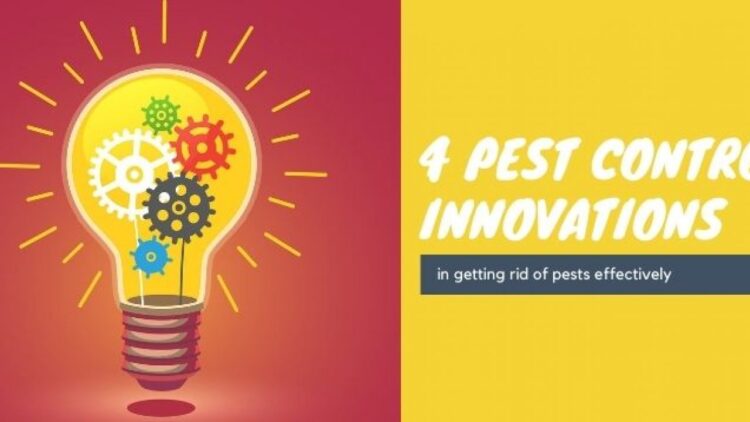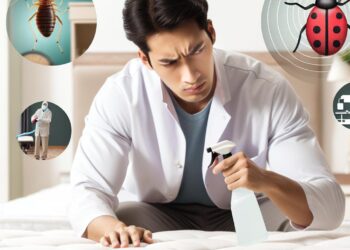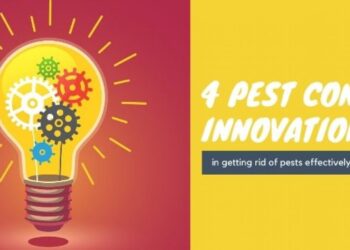Introduction
Pest control in commercial settings is a challenging task that requires an innovative approach. Traditional methods of pest control can be harmful to the environment and have limited efficacy. However, with advancements in technology and research, new and innovative solutions have emerged that can help control pests effectively while minimizing harm to the environment.
This article will explore some of these innovative techniques and their potential for revolutionizing pest control in commercial settings.
Integrated Pest Management (IPM): Integrated Pest Management (IPM) is a comprehensive approach to pest control that combines various techniques and strategies to prevent and control pest infestations. It involves regular monitoring, identification of pests, and targeted control measures that minimise the use of harmful pesticides. The IPM approach uses biological, cultural, and physical controls, such as habitat modification, exclusion, trapping, and biological control, to reduce pest populations. Implementing IPM in commercial settings requires a tailored approach to the unique challenges and needs of each site.
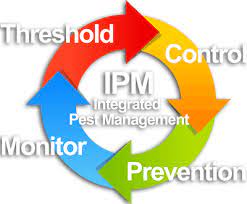
Biological Control: Biological control involves the use of natural predators, parasites, or pathogens to control pest populations. This method is often used as part of an IPM approach and can be highly effective in controlling pests. For example, introducing predatory mites to control spider mites on crops has proven to be highly effective. This method is not only effective but also environmentally friendly as it does not involve the use of harmful chemicals.
Pheromone Traps: Pheromone traps are used to attract and trap pests by using their natural pheromones. These traps can be highly effective in controlling certain pests, such as moths and beetles, and can be used in combination with other control methods. They are environmentally friendly and do not harm beneficial insects.
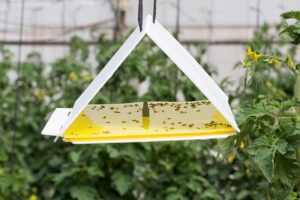
Ultrasonic Devices: Ultrasonic devices emit high-frequency sound waves that are intended to repel pests, such as rodents and insects. While there is some debate about the effectiveness of these devices, they have been shown to have some level of success in controlling pests. They are an eco-friendly alternative to traditional pest control methods and do not involve the use of harmful chemicals.
Advanced Technologies:
In addition to the techniques mentioned above, there are other advanced technologies that can be used for pest control in commercial settings. These include electronic pest control systems, heat treatments, and even drones. Electronic pest control systems use electromagnetic fields to repel pests, while heat treatments use high temperatures to kill pests and their eggs. Drones equipped with infrared cameras can be used to monitor pest activity and identify hotspots in large areas.
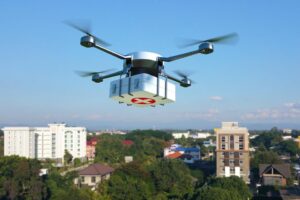
Benefits of Innovative Solutions:
The benefits of using innovative solutions for pest control in commercial settings are numerous. Firstly, they provide a more effective approach to pest control. Traditional methods of pest control can be harmful to the environment and have limited efficacy. Innovative solutions, on the other hand, are often more targeted and specific in their approach, resulting in better control of pest populations.
Secondly, innovative solutions are often more environmentally friendly. Traditional methods of pest control involve the use of harmful chemicals that can have negative impacts on the environment. Innovative solutions, such as biological control, pheromone traps, and ultrasonic devices, are much safer and more sustainable alternatives that do not harm the environment.
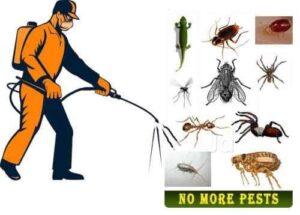
Finally, innovative solutions can also be more cost-effective. While the initial investment in implementing innovative solutions may be higher than traditional methods, the long-term cost savings can be significant. For example, pheromone traps can reduce the need for expensive chemical sprays, while ultrasonic devices require little ongoing maintenance.
Challenges of Implementing Innovative Solutions:
While there are many benefits to using innovative solutions for pest control in commercial settings, there are also some challenges that need to be addressed. Firstly, implementing these solutions often requires a significant investment of time and money. It can be difficult to convince business owners to invest in these solutions when they may not see immediate results.
Secondly, there is a lack of awareness and understanding of these innovative solutions among the general public. This can make it challenging to promote these solutions and gain widespread adoption.
Finally, implementing these solutions requires a tailored approach to each individual site. There is no one-size-fits-all solution to pest control, and each site will require a unique combination of techniques and strategies to effectively control pests.
Future of Innovative Solutions:
The future of pest control in commercial settings is likely to continue to rely on innovative solutions. As the demand for eco-friendly and sustainable solutions increases, the pest control industry will need to adapt and evolve to meet these needs. One area where we can expect to see significant advancements is in the use of technology.
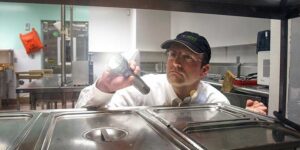
Advancements in technology, such as artificial intelligence and machine learning, are already being used to develop more targeted and effective pest control solutions. For example, smart traps equipped with sensors and cameras can be used to identify and capture pests, while drones can be used to monitor large areas and detect pest activity.
Another area where we can expect to see advancements is in the development of new biological controls. Researchers are currently exploring the use of bacteria, viruses, and fungi as natural predators of pests. These solutions have the potential to be highly effective while also being environmentally friendly and sustainable.
Finally, the pest control industry will need to continue to educate the public and promote awareness of the benefits of using innovative solutions. This will require a collaborative effort between pest control professionals, business owners, and the general public to promote and implement these solutions effectively.
Conclusion
Innovative solutions for controlling pests in commercial settings have the potential to revolutionize the pest control industry. These solutions provide a more effective, environmentally friendly, and cost-effective approach to pest control. However, implementing these solutions requires a significant investment of time and money and a tailored approach to each individual site. Despite these challenges, the benefits of using innovative solutions for pest control in commercial settings far outweigh the costs. By adopting these innovative solutions, we can create a safer and more sustainable approach to pest control.



